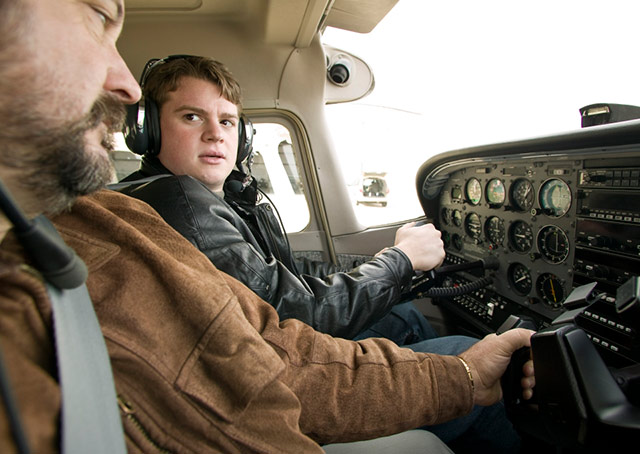
When a Cessna trainer’s cabin door popped open during the initial climb after takeoff as described in the Sept. 28 article, “Training Tip: Open-door policy,” the student pilot flying momentarily fixated on the problem, and might have lost control had the flight instructor not reminded him to “fly the airplane” until leveled off. Then the door could be closed following manufacturer’s instructions.
That advice not only steadied the student pilot, but clarified the roles of the two cockpit occupants during the resolution of the problem. That’s an important issue to address whenever two pilots are flying together, each with access to flight controls. It is especially important if one pilot is more experienced than the other, because the junior pilot may assume, consciously or not, that if something goes wrong, it is necessary to cede control.
Clarity is vital for safety, and the habit must be learned during flight training. Note that “positive aircraft control” tops a list of 16 areas of special emphasis a designated pilot examiner must scrutinize during the private pilot flight examination.
The second item on that list is having a procedure for positive exchange of aircraft control. See page 16 of the Private Pilot Practical Test Standards for the recommended procedure.
That guidance seems obvious, but case histories suggest otherwise. In an October 2014 landing accident in a Piper PA-28-140, neither the pilot undergoing a flight review, nor the flight instructor administering it, was in control when the aircraft struck a berm short of the runway. “The flight instructor stated that he realized that the airplane was low and expected the private pilot to add engine power; however, he did not attempt to manipulate the flight controls or provide any verbal instructions. The private pilot stated that he also realized that the airplane was low, but did not react prior to contact with the ground,” said a National Transportation Safety Board accident report, attributing the mishap to the pilot’s failure to control altitude, and the instructor’s failure to provide corrective action.
The procedure recommended in the practical test standards includes more than a brief, scripted verbal exchange when control is transferred from one pilot to the other. It also calls for a visual check to confirm that the change has occurred.
Run through your method before flying. If there is ever any doubt during flight whether it is “your airplane” or your instructor’s, stay calm, keep flying, and request clarification.



